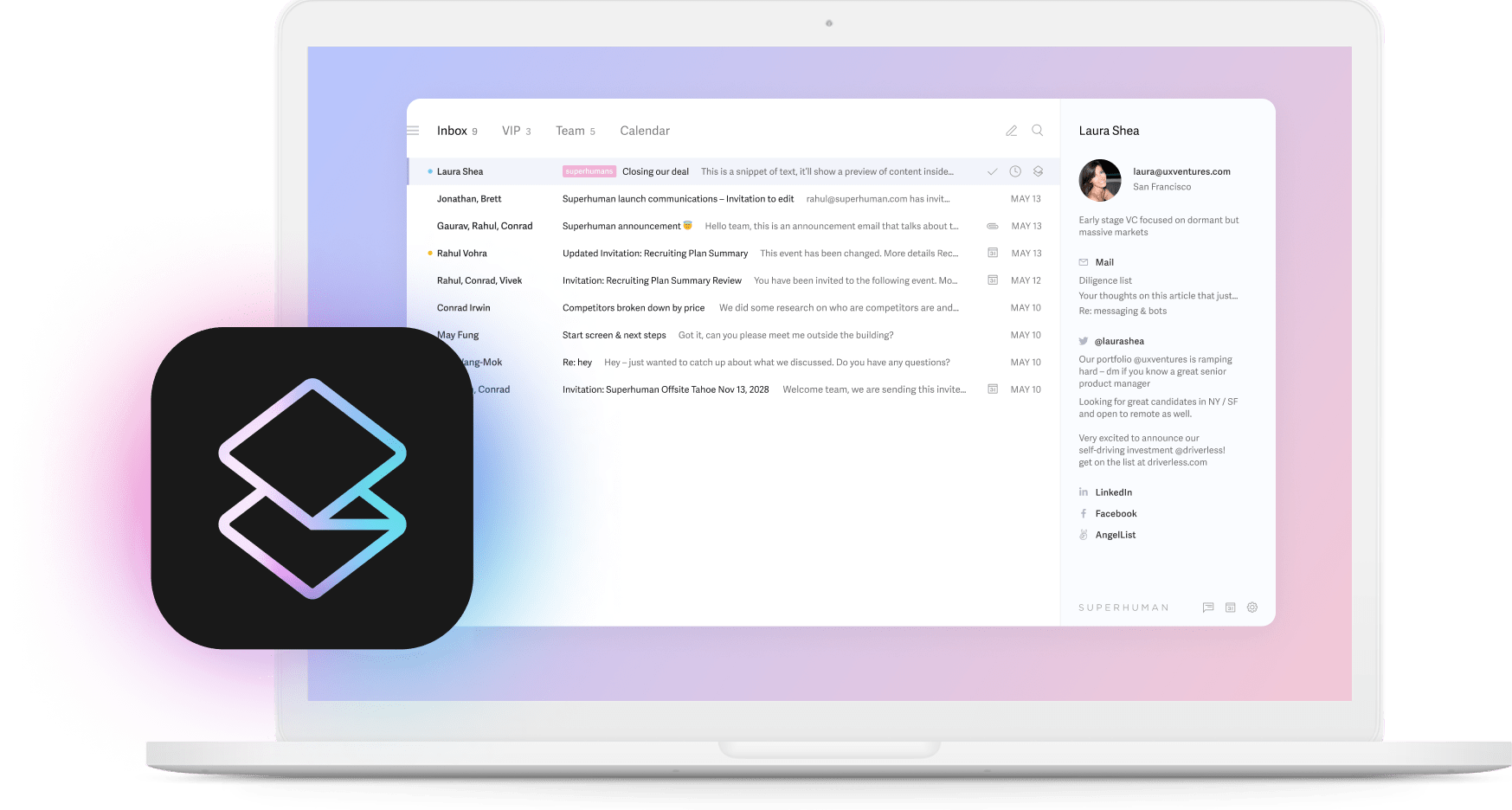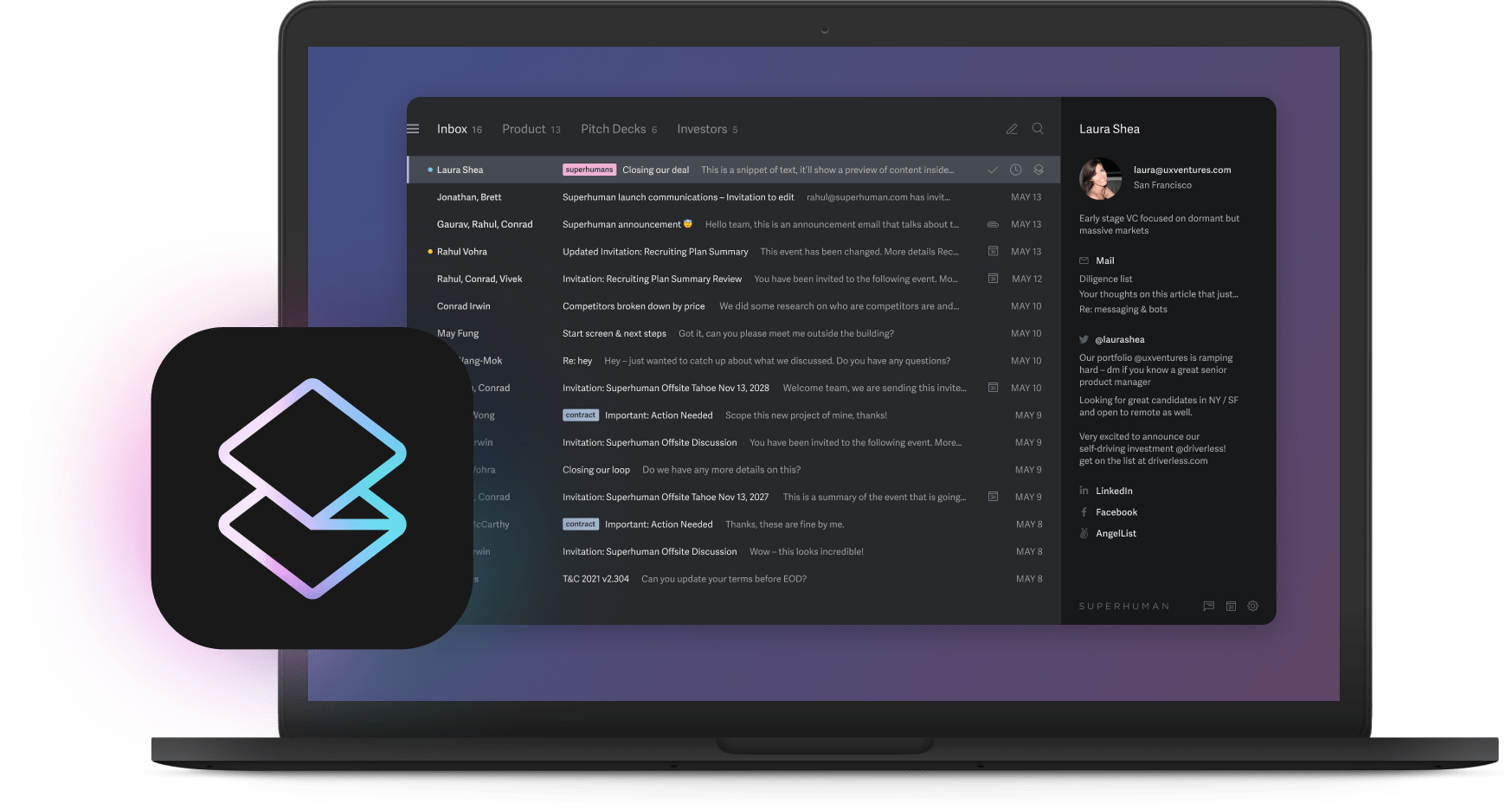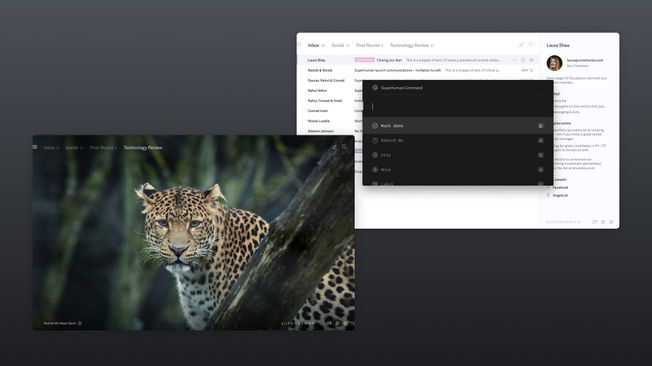
Your best people are leaving. Executive turnover jumped nearly 50% year over year, and the exodus shows no signs of stopping. You've tried everything. Engagement surveys that pile up unread. Pizza Fridays that feel forced. Unlimited PTO that nobody takes because the workload makes it impossible. These traditional fixes aren't working because they're solving the wrong problem.
The real issue runs deeper. Purpose now rivals paycheck, with purpose-driven companies posting 40% higher retention than their peers. Meanwhile, 94% of employees say they'd stay longer if leaders invested in their development. Your top performers aren't looking for perks. They're looking for growth, autonomy, and meaning in their work.
Think about what happens when you focus on keeping everyone equally happy. Your time and budget flow to average performers while A-players see fewer stretch projects and less direct coaching. The people driving your company forward get the least attention. This backwards approach pushes your best talent straight to competitors who understand what high achievers need.
Smart CEOs flip this script entirely. They use five counterintuitive habits to keep A-players engaged while letting natural turnover handle everyone else. These practices cut through HR theater and focus on what drives real motivation. You're about to discover how selective loyalty compounds over time, creating a flywheel that keeps your best people and lets mediocrity self-select out.
Why most retention playbooks backfire in hypergrowth
Traditional retention strategies fall apart when your company shifts from scrappy startup to scaling machine. The Great Resignation exposed this hard truth, and top talent continues voting with its feet.
Engagement surveys flood your inbox with data you can't act on fast enough. Employees fill them out, wait for changes that never come, then disengage completely. Unlimited PTO creates more problems than it solves. Without clear guidelines, people feel guilty taking time off, wondering if their absence makes them look uncommitted. Company swag delivers a quick dopamine hit, then becomes forgotten desk clutter that reminds everyone of surface-level culture attempts.
These blanket solutions share a fatal flaw. They treat all employees the same, spreading resources thin across your entire workforce. Your A-players watch adequate performers get equal attention while their own growth stalls. They see fewer challenging projects, less face time with leadership, and no differentiation for their outsized contributions.
Research backs this up. Career growth beats everything else when it comes to retention. Generic perks can't deliver this. Free lunches don't teach new skills. Ping-pong tables don't advance careers.
Retention in hypergrowth demands precision. You need selective loyalty, doubling down on people who raise the bar while letting adequate teammates find better fits elsewhere. Every detail in your product matters, and talent management needs the same intentionality. This means managing every lever personally, from time allocation to communication cadence to how you measure success.
The five habits ahead show how high-growth CEOs protect A-players, grant earned autonomy, and build a self-reinforcing culture of excellence. These aren't feel-good initiatives. They're targeted strategies that turn talent management from damage control into competitive advantage.
Habit #1: Prune relentlessly to protect A-players
Your best engineer dreads every standup. One colleague shoots down ideas, misses deadlines, then drags everyone into late-night fixes. Letting this dynamic continue guarantees you'll lose the people who matter most.
Netflix made pruning famous with their approach. Adequate performance gets a generous severance package. When you remove persistent underperformance, you release instant energy across the rest of the team. The logic holds up in practice. People work harder when they know standards matter.
Skip the hiring freezes and across-the-board bonuses that reward mediocrity. Run a quarterly Keeper Test instead. Schedule one-on-ones with each direct report and ask yourself one question. Would you fight to keep this person if they had another offer? If the answer is no, give them coaching to improve or runway to find a better fit. The conversation feels uncomfortable, but losing top performers because you avoided it costs far more.
Your presence after pruning sends powerful signals. When you double down on people driving real impact, excellence becomes the clear expectation. Companies with engaged CEOs see higher motivation and lower turnover, while absent leadership drives disengagement up nearly 20% in a single year.
This focus works like Split Inbox in Superhuman. By clearing noise from your team, you protect meaningful work flow. The culture shifts almost immediately. Fewer complaints, faster decisions, and sharper collective purpose.
Pruning creates room for mastery, collaboration, and the autonomy that energizes great people. When your team sees consistent standards with leadership backing them up, loyalty rises alongside the quality of every conversation, project, and result.
Habit #2: Grant earned autonomy, not perks
Free lunches feel good for a week. Real loyalty comes from letting people own meaningful work.
Perks dominated startup culture for years. Companies famous for foosball tables and nap pods still watched high performers walk out the door. Why? Because autonomy and responsibility drive commitment more than recognition or pay, especially for top talent.
Self-Determination Theory explains the psychology. When people control how they reach goals, you satisfy their needs for autonomy and competence. This sparks intrinsic motivation. Fewer approvals, clearer outcomes, absolute ownership of results. Strip away unnecessary rules to light that fire.
Policy confusion sends the opposite message. Every extra time-tracking form or travel approval round tells employees you don't trust their judgment. The brightest people read between the lines and find companies that value their decision-making.
Replace your policy binder with a Fewest Rules document. State what matters, like ethical behavior, customer focus, and performance targets. Let everything else become a choice. Netflix's no vacation policy lets employees take time whenever they want as long as work stays on track. The elegance ties freedom directly to outcomes.
Employees rating work-life balance highly are 10% more likely to stay. Independence fuels that balance. People decide when to push, when to rest, and how to fit life around intense sprints.
When you replace perks with earned freedom, the message resonates. We hired you for your judgment and trust you to use it. That trust becomes a moat competitors struggle to cross, setting up the next habit where your time becomes rocket fuel for people delivering outsized results.
Habit #3: Spend serious CEO time on the top 10 percent
Block two hours weekly and give that time to people driving most of your results. Your calendar broadcasts company values louder than any mission statement. Prime hours for top performers signal that excellence matters most.
The impact shows up in the data. Companies with visible, engaged CEOs record higher motivation and lower attrition. Absent chiefs watch disengagement climb. Visibility meets three psychological needs simultaneously. Recognition, real-time feedback, and belonging.
Call these sessions Unblock & Accelerate meetings. Listen for friction, remove roadblocks immediately, and co-create stretch goals together. Skip slides and status updates. Focus on what they need right now to move twice as fast. Your talent leaves energized while you gain real insight into critical work.
This hands-on rhythm beats any exit interview program. By the time someone shares why they left, you've already lost them. Proactive coaching delivers what research confirms. Clear vision, intellectual stimulation, and individualized support cut turnover intention significantly.
Guard these conversations fiercely. Delegating career discussions to HR drains them of weight. Your presence gives feedback authority and reinforces performance standards. It also satisfies the growth craving that keeps achievers engaged.
Make your calendar work like Split Inbox, keeping only highest-impact messages visible. Prioritize the top 10 percent and watch their momentum pull your entire organization forward.
Habit #4: Signal priorities, not radical-transparency theater
Sharing every dashboard and draft decision floods teams with noise they can't parse. High performers want clarity on where to aim energy, not unfiltered data dumps that spark anxiety and rumors.
Radical transparency lacks context. Live revenue feeds and half-baked product ideas invite speculation. Without narrative, numbers become scary headlines. Selective disclosure backfires too. Employees notice when losses or restructuring plans get glossed over. Trust evaporates instantly.
The solution is prioritization, not silence. Define the metrics that signal company health, like cash runway, customer growth, and shipment quality. Explain why each matters and how teams influence outcomes. Choose a cadence that respects attention spans. Monthly State of Play memos work well. One page, plain language, clear wins, looming risks, and single focus for the next sprint. Leaders ripple that message without distortion.
Tone matters as much as content. Employees value conversational voices that feel human, even with communications teams polishing syntax. Authenticity comes from owning the viewpoint, admitting misses, and celebrating progress without spin.
Before sending, run the priority test. Will this information steer action or just satisfy curiosity? If it won't change behavior, cut it. If it raises eyebrows, add context. If it's confidential yet critical, explain the boundary. Transparency about limits preserves credibility.
Focused narrative tells A-players exactly where to sprint, frees them from speculation, and signals that leadership values their time. In the talent war, that signal beats any all-hands spreadsheet dump.
Habit #5: Default to frictionless execution over feel-good culture drives
Team-building activities create temporary engagement. Removing operational bottlenecks delivers lasting performance improvements that keep people around.
When virtual events boost morale but operational inefficiencies persist, you get stagnation instead of progress. Real engagement requires diving deep into systems and processes defining daily experiences. Conduct quarterly Process Purges identifying and eliminating the top three friction points killing productivity.
Streamlined execution delivers measurable results. Companies smoothing workflows see faster turnaround times and higher satisfaction scores. Reducing complexity drives down turnover while boosting customer loyalty. These improvements address root causes rather than applying superficial fixes.
Think about Sandy Koufax and his legendary simplicity on the mound. His efficient delivery revolutionized baseball. The same operational elegance transforms workplaces. Prioritizing friction reduction gives CEOs in high-growth sectors both enhanced effectiveness and stronger commitment. Employees experience smoother, more rewarding workflows.
Auto Summarize in Superhuman demonstrates this principle perfectly. Instead of reading through endless email threads, you get context in seconds. This same philosophy, removing unnecessary steps and complexity, should guide every process in your company.
The pursuit of seamless environments positions organizations to keep top talent while propelling performance forward. Prioritizing effortless execution over temporary cultural drives ensures both engagement and success happen sustainably.
Framework: The selective loyalty flywheel
Talent management works as a self-propelling loop. Each habit feeds the next, tightening loyalty around your best people while natural churn handles the rest.
Start by pruning low performers. Removing one toxic teammate can lift group output substantially, freeing space and budget for A-players. Then invest CEO time where it counts. High-touch coaching and visible support signal value far louder than exit interviews. When top performers get personalized attention, engagement skyrockets and they stick around longer.
Next, grant earned independence. True control over their craft spikes intrinsic motivation. With freedom established, strip away friction. Tighten processes, automate grunt work, and give teams tools to move fast.
Finally, deliver clear, contextual communication. Regular CEO visibility links strategy to daily work, reinforcing priorities and keeping the flywheel spinning. When your team sees you regularly and understands the bigger picture, commitment climbs.
Your 30-day sprint
These actions set your flywheel in motion:
- Schedule Keeper Test 1:1s with every direct report
- Publish a Fewest Rules document granting freedom for results
- Block weekly 1:1 time with your top 10% performers
- Run a Process Purge eliminating three biggest workflow snags
- Send your first State of Play memo anchoring priorities and momentum
Execute these five moves to create compounding advantage. A-players stay, mediocre work vanishes, and culture accelerates. Treat talent management like Superhuman treats your inbox. Apply ruthless focus, run rapid cycles, and design every move with intention. Selective loyalty beats blanket perks every time.





